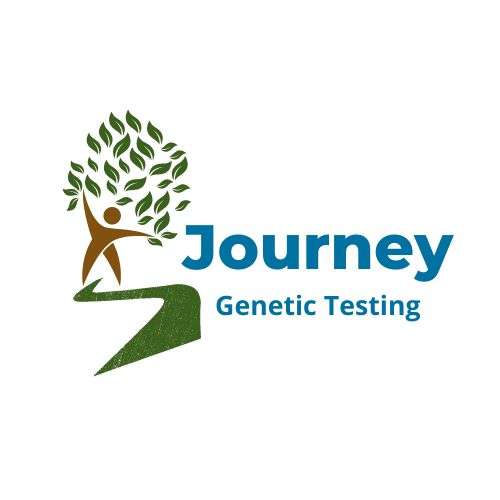DNA Testing For Native American Tribal Enrollment
DNA Testing’s Role In Tribal Enrollment
Tribal enrollment usually requires a legally admissible DNA test can be performed between a known tribal member and the person who suspects they are related. This will help to determine if they have a biological relationship that will allow tribal enrollment.
Tribal enrollment requires genetic proof of identity to preserve the unique character and traditions of each tribe. Specific guidelines for each tribe are set generally set forth in a tribe’s constitution or ordinances. Criteria for membership will vary from tribe to tribe. It is always best to contact the tribe you believe you are affiliated with for specific information.
However, there is a standard requirement for membership: having a bloodline relationship with someone named on the tribe’s roll. This can also be a relationship to a tribal member who is descended from someone named on the roll. A tribal roll is a special list of people who are part of a tribe. This list is in a document that tells who are members of the tribe.
How To Apply For Tribal Enrollment
First, you should document your native ancestry from family records, determining the tribe your ancestor was a member of. We strongly encourage you to start with family history first, and not a DNA test to determine if you have any “tribal bloodlines.”
Currently, in DNA testing done on a consumer level, there is not a DNA test that will identify with any degree of accuracy, if you have genetic ties to a specific tribe. There are companies that promote this type of DNA test, however, it is not seen as accurate. These type of tests are not accepted by tribal authorities as proof of membership. This includes common ancestry-type tests.
Second, contact the tribe directly to obtain the specific steps for enrollment and recognition as a tribal member. Each tribe will make its own decision whether a person who wants to be a member is allowed to be enrolled. Every tribe maintains its own enrollment records about past members. To obtain information about your eligibility for membership, you need to contact the tribe directly.
We suggest you use the Tribal Leaders Directory that is published by the Bureau of Indian Affairs (BIS). This resource lists 574 federally recognized American Indian Tribes, as well as Alaskan Natives. In addition, it provides a list of all Regions, Agencies, and Offices that are coordinated through the BIA.
Proving A DNA Relationship Once You Have Found Your Tribe
Once you have identified the tribe, and have contacted them for their requirements, you can then establish a bloodline relationship. This is done with an AABB-accredited DNA test, commonly called a “legal” DNA test. The most common legal test is a legal paternity test. Other type of testing can be an aunt or uncle DNA test, a DNA test with grandparents, or a sibling DNA test.
A chain of custody DNA test requires an authorized DNA collector to obtain the DNA samples of both the person wanting to enroll and a current relative who is a tribal member. This is usually done with a mouth swab. Verification of identity is obtained, as well as authorization signatures. The DNA specimens are then provided to the lab for testing.
Once the testing is completed, usually in 1-2 business days, a legally admissible report that is notarized is provided, along with a copy of the chain of custody. DNA results are then provided to the person who ordered the test, and they provide it to the tribal enrollment office.
DNA testing can be done to establish paternity, maternity, full or half sibling, grandparents, aunt and uncle relationships. It can also prove male lineage through a Y-Chromosome test. For questions on which test is right for you, we are happy to provide you with a free consultation.
Your Privacy Is Guaranteed
We will only use your DNA sample only for tribal enrollment relationship testing when you request the test. Your DNA information will not be used for research, to answer medical or other scientific questions. We also will not provide a DNA profile to any private or government database.
Often Asked Questions About Tribal DNA Testing
No current direct-to-consumer DNA test can definitively state that ancestral relationships are aligned with any particular tribe. DNA tests that advertise they can give you percentage of indigenous heritage you have, in our opinion, are not very accurate and generally not worth the money spent on them.
The only way you can validate if you belong to a certain tribe, and are entitled to enrollment, if to test directly for paternity, or with another first order relative for siblingship, grandpaternity, or an aunt or uncle who is already a tribal member.
Having Native American ancestors or Indigenous American DNA does not make someone a Native American tribal citizen. There are differences between a person’s genetic, political, and cultural identities. Native American tribal members are citizens of their nations.
Some tribes require as much as 25% Native heritage, however most require at least 1/16th Native heritage, which is one great-great-grandparent.
Yes! We work with over 3,500+ approved DNA collectors, and will set an appointment for each person testing at the location nearest them. Appointments can be on different days and times as well.
Once all DNA samples being tested are in our lab, we will have notarized results for you to deliver to the tribe in 1-2 business days.

